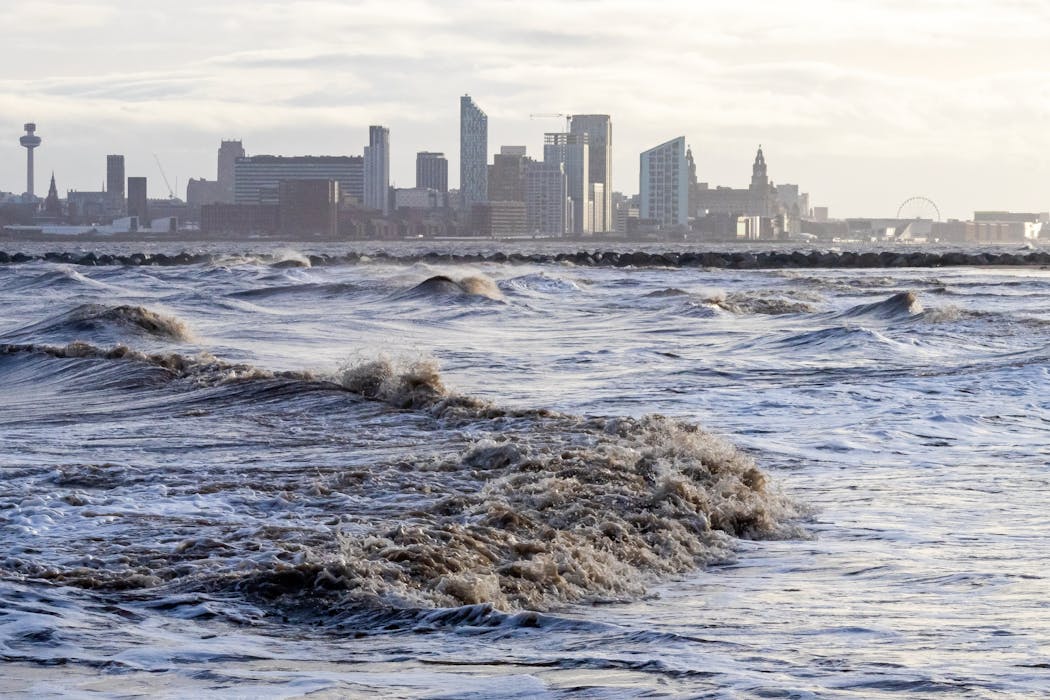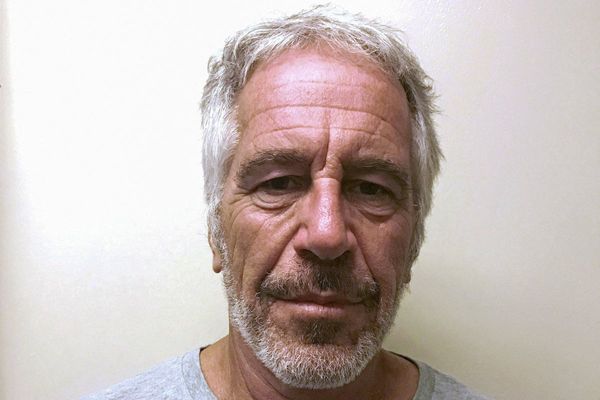
As one of the birthplaces of the industrial revolution, the River Mersey in northern England is no stranger to pollution flowing into its waters.
“It’s gone through periods of extremely bad river water quality where the river was just raw sewage”, explains Patrick Byrne, a water scientist at Liverpool John Moores University. “During the heyday of manufacturing and the industrial revolution, you would’ve had a lot of toxic metals as well from different manufacturing processes.”
Despite a perception that the water quality is better than it used to be, Byrne’s research found that the river now has a new kind of pollution problem: the amount of forever chemicals entering the Mersey catchment area is among one of the highest in the world.
Per- and polyfluoroalkyl substances (PFAS) are a class of human-made chemicals used in waterproofing, food packaging and many industrial processes. They’re known as forever chemicals because they persist and are hard to destroy. PFAS have been found in almost every environment on the planet. They accumulate in wildlife and humans and some have been linked to cancer.
In this episode of The Conversation Weekly podcast, we talk to Byrne about why rivers are the “canary in the coalmine” for wider contamination of a landscape, and how so much PFAS continues to end up in them.
Byrne recently published a study of the amount of PFAS making it into the Mersey that was able to pinpoint some of the biggest sources, including of types of PFAS that are now banned in the UK. To his surprise it wasn’t big factories churning out lots of effluent. Instead, the PFAS were mostly coming from old, buried landfills, airports and recycling facilities.
Listen to the conversation with Patrick Byrne on The Conversation Weekly podcast to find out why monitoring PFAS in this way can help environmental regulators prioritise the areas needed to clean up first.
This episode of The Conversation Weekly was written and produced by Katie Flood, Mend Mariwany and Gemma Ware. Mixing and sound design by Michelle Macklem and theme music by Neeta Sarl.
Newsclips in this episode from Sunrise, France24 English and ABC New Australia.
Listen to The Conversation Weekly via any of the apps listed above, download it directly via our RSS feed or find out how else to listen here. A transcript of this episode is available on Apple Podcasts or Spotify.
Patrick Byrne receives funding from the Natural Environment Research Council.
This article was originally published on The Conversation. Read the original article.







